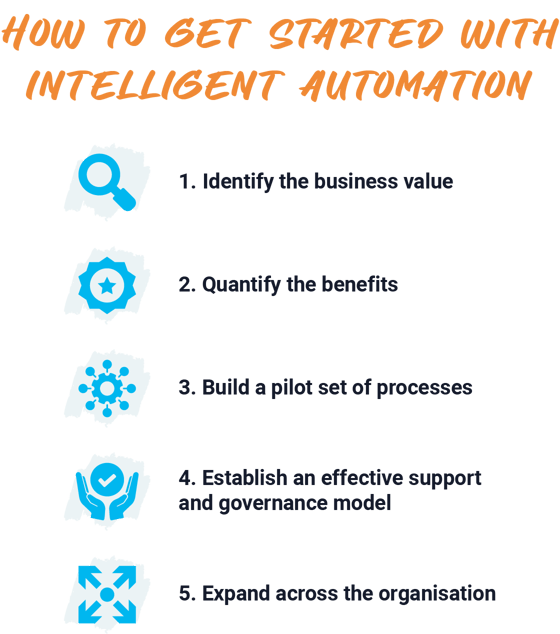-
About Us
Probe CX is a tech-powered, global customer experience organisation that amplifies human capabilities with technological excellence.
-
Awards and Accreditations
As an industry-leading CX and digital transformation provider, Probe CX has a resume to match any of our competition.
-
Compliance
Industry-recognised certifications to protect what matters most to our clients and their customers.
-
Locations
Over 9,000 team members delivering exceptional customer experiences across five countries.
-
Vision and Culture
We help our clients become modern digital organisations by combining the latest technology with people, process and data.
-
Executive Team
Meet the team with unmatched experience committed to helping organisations create environments for digitally-enabled CX to thrive.
-
Blog
Discover the latest insights, information and trends in blogs created by customer experience experts.
-
News
Learn where Probe CX have been recognised in the news, including awards, accreditations, acquisitions, partnerships and more.
-
Resources
Download our latest resources including whitepapers, case studies, tip sheets, reports and brochures..
A leading energy and gas industry retailer required support with credit collection activities and help to optimize their KMS.
- Blog
- How to get started with intelligent automation
How to get started with intelligent automation

Intelligent automation combines robotic process automation (RPA) with artificial intelligence (AI) capabilities, enabling software robots to perform tasks not just based on predefined rules but with cognitive abilities. These smart bots can learn from past actions, adapt to new scenarios and even make decisions on their own, revolutionizing the way businesses operate.
Once the stuff of fantasy, RPA saw software robots completing repetitive and time-consuming aspects of digital work, allowing employees to focus on more productive, higher value and creative tasks. However, with intelligent automation, the scope has expanded exponentially. These AI-powered bots are now capable of understanding unstructured data, natural language processing (NLP) and advanced analytics, making them highly versatile across various industries.
From reading screens and extracting data to filling in forms, RPA robots mimic human interactions for certain tasks and, in cases where they need specific expertise, they are even able to ask for human input or assistance. Highly valued by sectors such as financial services, healthcare, retail and human resources, intelligent automation provides a valuable way to ensure a more cost-effective and efficient business.
Five steps to getting started

While intelligent automation can create growth opportunities and reduce operational costs, it is essential to remember that one size does not fit all. Successful implementation of this cutting-edge technology takes time, extensive research and strategic assessment. Moreover, an awareness that applying intelligent automation to the wrong processes can create new headaches.
From our experience we recommend the following five-step approach for your own intelligent automation journey:
- Identify the business value: a successful automation program starts with a clearly articulated business value statement that is driven by and/or is an enabler of business strategy. Taking time to build this clarity and develop a compelling vision is a key success factor for a long-term program.
- Quantify the benefits: review each of the business units across the organization to identify where the largest benefits are. Quantifying the benefit opportunity is critical to understand where the highest ROI is, it also helps drive prioritization decisions.
Developing a benefits framework that can quantify both direct (time savings, cost reduction, revenue uplift, etc.) and indirect (customer experience, employee experience, compliance, etc.) is critical to opening up the opportunity space as broadly as possible. - Build a pilot set of processes: building momentum is paramount to success. Start with one business unit to limit the change impact and focus on five processes to automate quickly. To move effectively, think about processes with good benefits cases, stakeholders who are excited about the change and stable processes that will be reliable and consistent. The outcome of the pilot will drive positive conversation, justify expansion and unlock further investment.
- Establish an effective support and governance model: once you have a pilot set of processes completed, you need a support model that ensures that business users are supported. From a user perspective, it will look like any other IT support desk where they can report issues and get help when needed. An effective governance model becomes important as the program scales to ensure you can maintain quality, manage risks and ensure effective controls are in place.
- Build on the pilot expanding across the organization: now you are ready to rapidly expand the automation footprint. That means scaling the business units in scope to identify larger benefits and build up a larger backlog. The second aspect is increasing the technical delivery capability to build more processes in parallel and ideally in a continuous manner.
Intelligent automation is the future of business efficiency and innovation, and embracing it today will undoubtedly position your organization for success in the digital age.
Related Articles
Technology
8 RPA trends to watch
From hyperautomation to low-code platforms and increased focus on security, learn about the latest developments shaping the world of automation.
Customer Management
What is an intelligent virtual agent?
IVAs are powered by cognitive process automation and nature language understanding. Learn more about intelligent virtual assistants in this blog here.
Intelligent Automation
Types of AI agents: benefits and examples
Dive into the world of AI agents, exploring their types, benefits, and real-world use cases. Learn how these intelligent systems are transforming industries.
© Copyright 2025 Probe CX | Probe CX is a proudly owned subsidiary of Probe Group
Privacy Policy | Responsible AI Policy | Financial Hardship Policy | Whistleblower Policy | Complaints Procedure | Supplier Code of Conduct | Make a Payment | Client Login

.jpg?width=450&height=609&name=P_BlogT_8%20RPA%20trends%20to%20watch%20in%202023%20(1).jpg)



